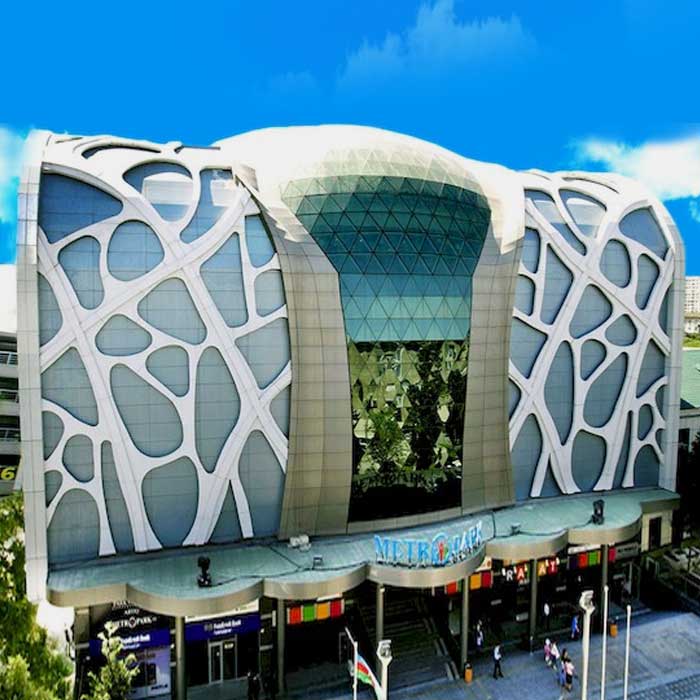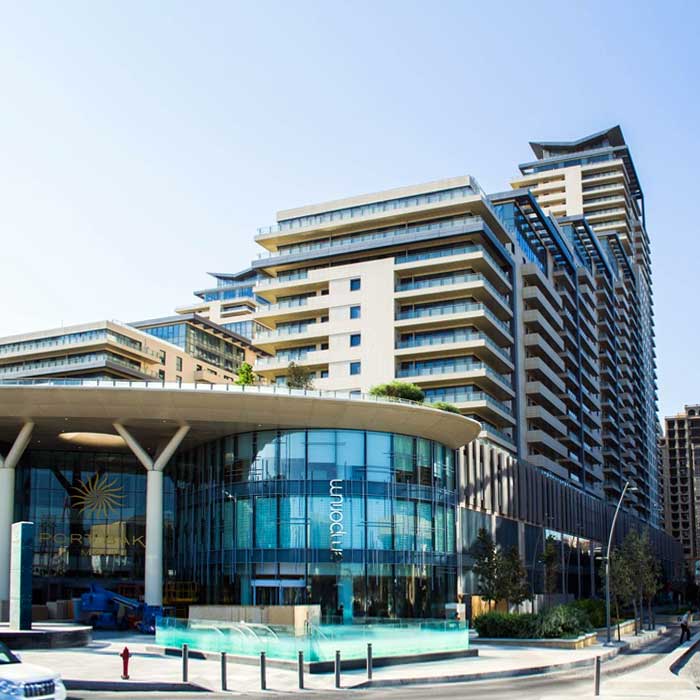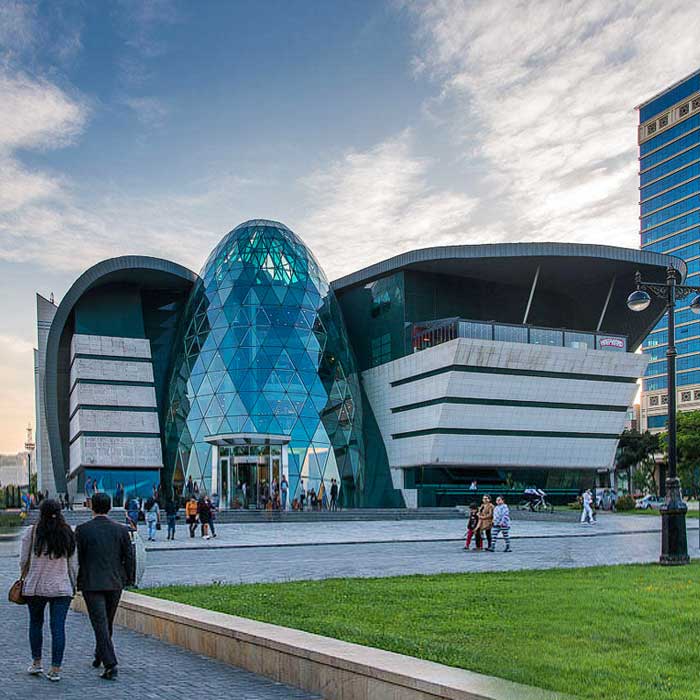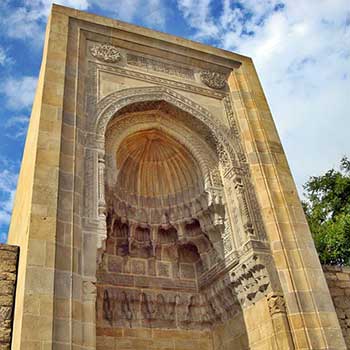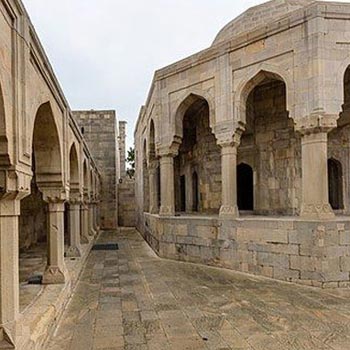
Say the word “archaeology” in Azerbaijan today, and most people automatically think of the prehistoric Gobustan Rock Art Cultural Landscape. Located about 54 km southwest of Baku, Gobustan National Park and its ancient rock carvings provide striking evidence of how early humans interacted with their environment, perhaps even as far back as 5,000 to 10,000 years ago.
Visitors to Gobustan marvel at the site’s unique rock carvings and petroglyphs that provide a snapshot of prehistoric life and culture, with images of reed boats, women dancing and hunters chasing their prey. Here are wonderful depictions of wildlife, including many species of antelope and wild bulls that are now extinct. These petroglyphs show that prehistoric humans had great ingenuity and a certain level of sophistication – not to mention an amazing ability to survive amidst primitive conditions.
The late Norwegian anthropologist Thor Heyerdahl (1914-2002) was fascinated by the carvings at Gobustan, especially the images of reed boats. Heyerdahl himself was famous for building boats of balsa wood, papyrus and marsh reeds, and then taking them “out for a spin” on long trans-oceanic expeditions. He made four such journeys demonstrating that early humans were equipped to travel great distances and interact with people in distant lands.
Gobustan, as a center of prehistoric life and culture, clearly did not exist in isolation. And yet, up until recently, very little has been done to study the reserve and the ancient humans who once lived there. No doubt our knowledge of the area’s history will increase once resources become available to facilitate professional archaeological studies.
Much has yet to be learned about Stone Age, Neolithic and Bronze Age archaeology in Azerbaijan. Clearly, these untapped archaeological riches need to be identified, protected and studied. For us, as amateurs, getting out into the countryside to make observations and take photographs is proving to be a very worthwhile, enjoyable and fascinating pastime. We do feel, however, that with the right level of protection, and the wealth of techniques available to modern archaeologists, the history, ancient lifestyles and development of man in this region will become demystified.
This is a challenge that cannot be undertaken by Azerbaijan alone. It will require considerable involvement and resources, not only from the Azerbaijan government, but also the international community. We are sure the Institute of Archaeology would welcome such offers of support.
Given the importance of this cultural object for the whole world, the Azerbaijani government submitted the necessary documents for its inclusion in the World Heritage List to UNESCO in 2002, and, during UNESCO’s 31st session of the World Heritage Committee in 2003, the Gobustan Rock Art Cultural Landscape was included in the World Heritage List.
Enhanced protection status, which was given to the Rock Art Cultural Landscape, is one of the features of the 1999 Second Protocol to the Hague Convention of 1954 for the Protection of Cultural Property in the Event of Armed Conflict.
The granting of such protection by the Committee can be made under three conditions: first, the cultural object will have the greatest importance to humanity; second, it will be protected by adequate domestic legal and administrative measures recognizing its exceptional cultural and historic value and ensuring the highest level of protection; third, it will not be used for military purposes or to shield military objects.
The status goes beyond the regime of general protection, meaning that States cannot fall back on the argument of imperative military necessity for using or targeting cultural objects in times of conflict. It also involves the obligation by States to make intentional attacks against identified objects a criminal offence or to penalize use of such objects or their immediate surroundings in support of military action.
Source: Azerbaijan International Magazine, AzerNews








